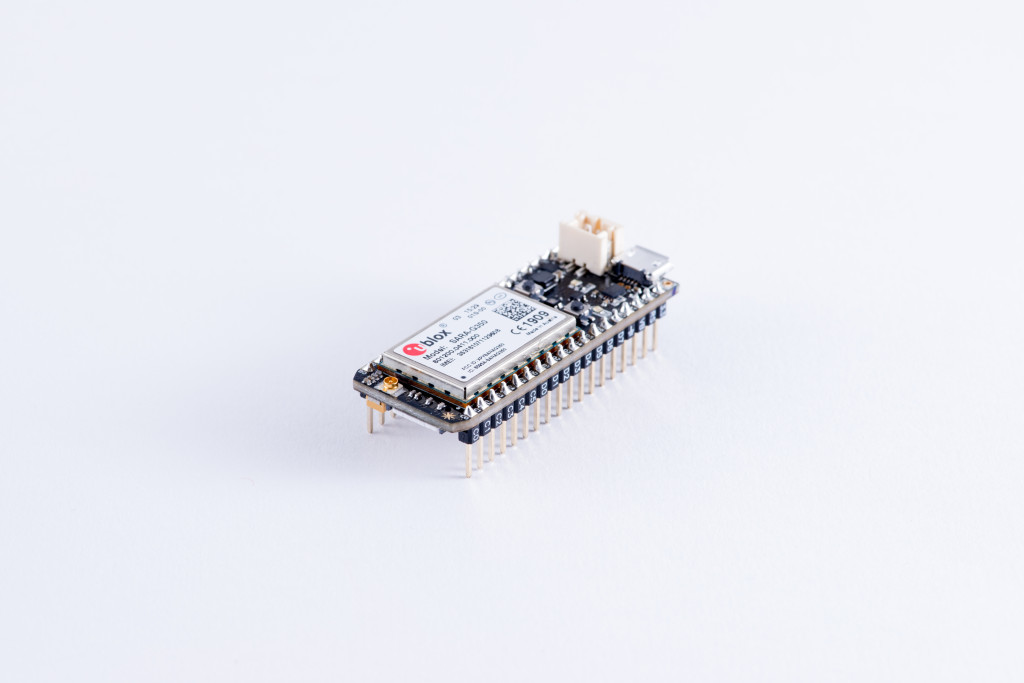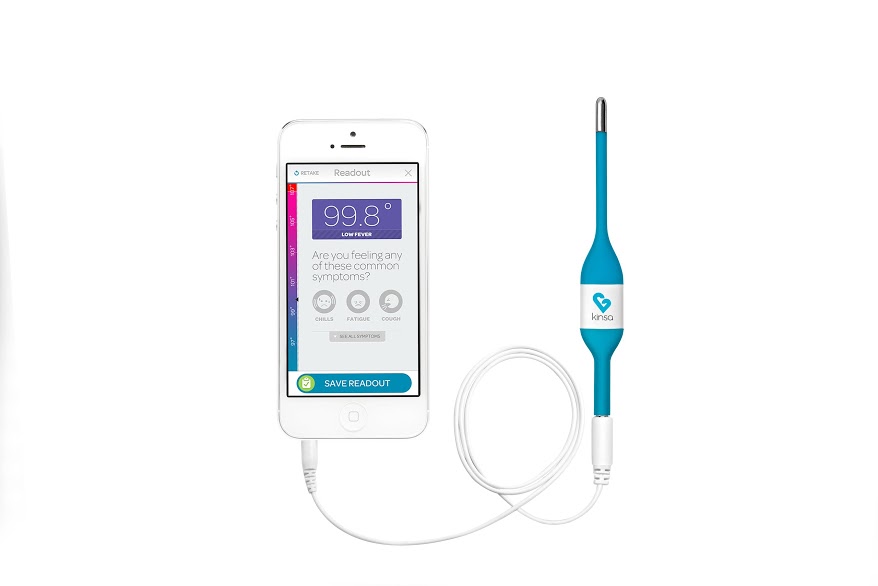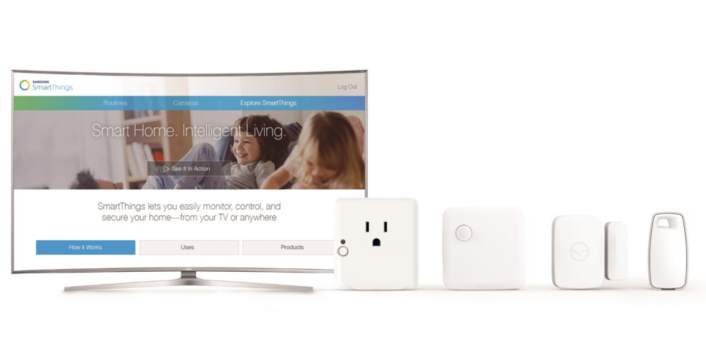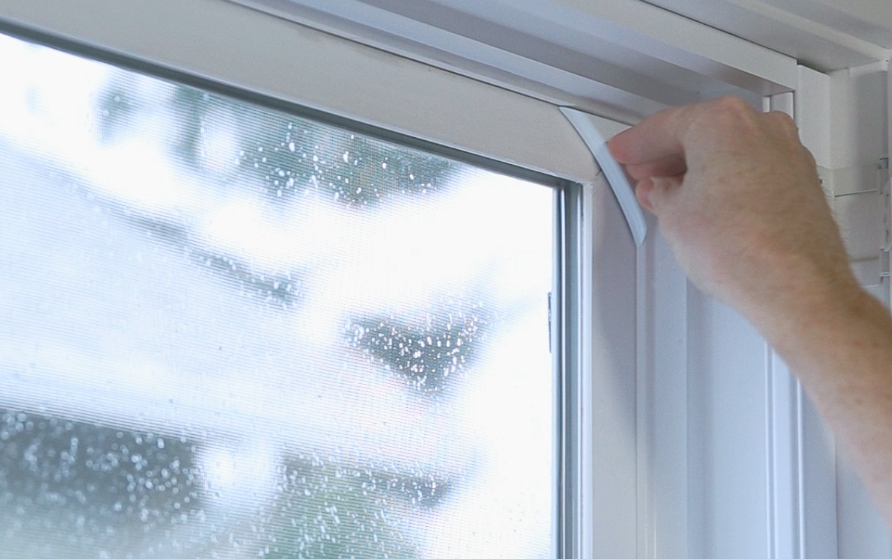So you wanna build a connected device? If so, there’s apparently no better place for a startup to go than Andy Rubin’s new incubator/VC/design shop called Playground. With an in-depth profile in Wired, the former founder of Danger and the man behind Android has built a place for folks with a hardware idea. On this week’s show Kevin Tofel is out, so I called in my friend Carla Diana, a product designer of connected devices and robots to discuss Rubin’s new effort, connected coat racks, Max Braun’s Google Now mirror and fun projects in general. We have a good time, and you will too. Don’t get too attached to Carla (it’s hard, because she is awesome) as Kevin joins us again next week.

Our guest this week is Zach Supalla who is the CEO of Particle, which makes a series of development boards for connected devices. It seems like there used to be a dozen startups doing this, but Spark has so far, stayed around and added more products. The latest board out this week is it the Electron, which costs $59 and offers cellular connectivity for 99 cents per MB on a 3G connection. That’s pricey, but it has been pretty hard to find a cellular carrier willing to work with a startup or sell data in small batches, so this is a big deal. We ask Zach how he convinced the carriers to play ball. We also talk about other wireless standards out there for the internet of things, so stay tuned if you’re excited about alternative networks. And really, who isn’t?
Hosts: Stacey Higginbotham and Carla Diana
Guest: Zach Supalla, CEO of Particle
- Playground. We want to go to there.
- Mirror, mirror on the wall, what data should we install?
- Pitfalls of building a connected coat rack.
- How to make a telco salesman hang up on you.
- LoRa, Sigfox and LTE? Which wireless do you want?
Podcast: Play in new window | Download | Embed
Subscribe: RSS




